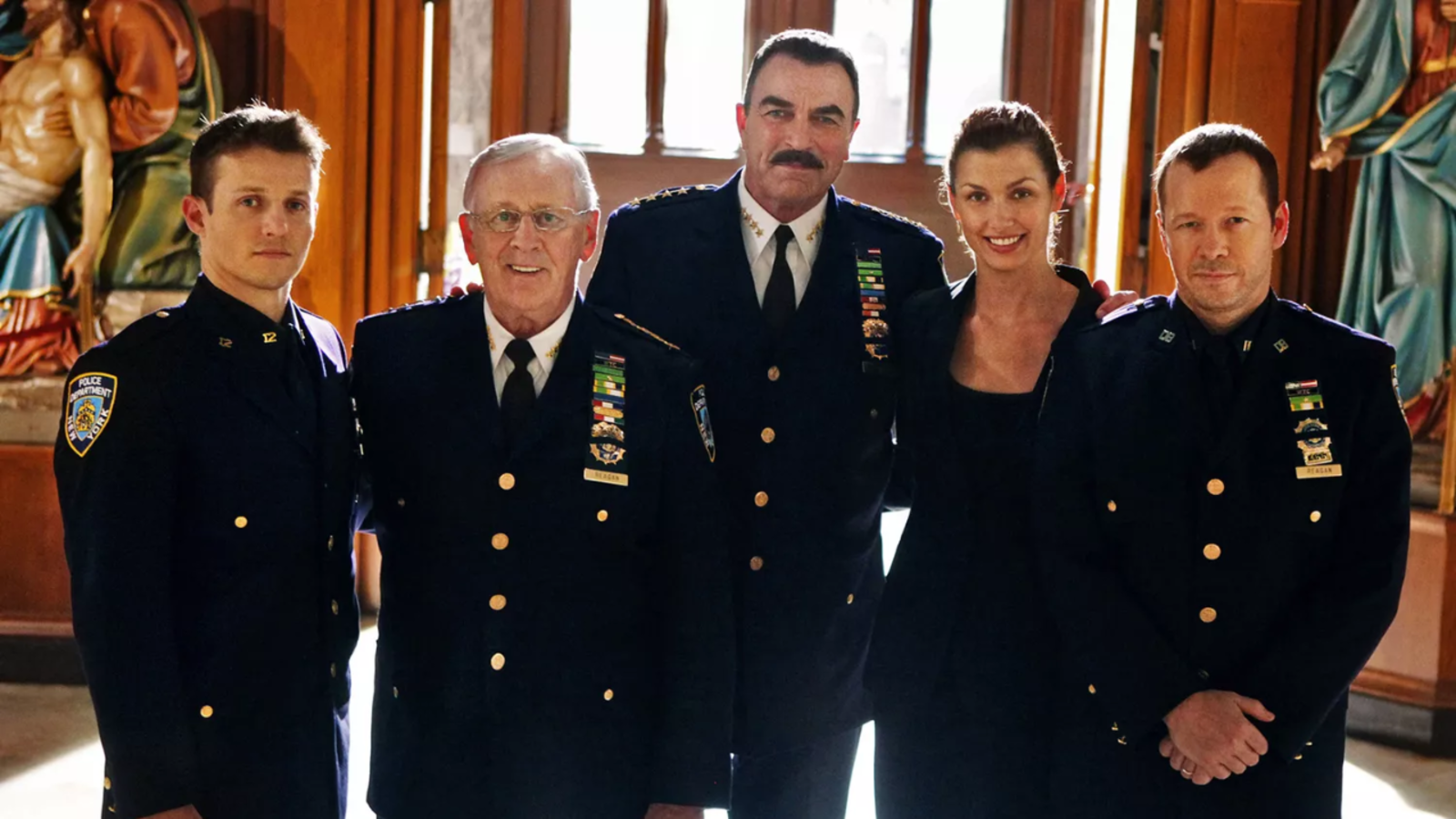
When Blue Bloods concluded after 14 seasons, many believed it was the end of an era. But behind the scenes, CBS had already been developing a successor — not a reboot, not a remake, but a bold continuation set in an entirely new world. That idea became Boston Blue, a series designed to honor the original while offering something fresh.
The spin-off was ordered straight-to-series in early 2025, a sign of strong confidence in both the concept and Donnie Wahlberg’s enduring appeal. But transforming a New York-centered family drama into a Boston-based procedural required more than shifting geography. It meant rethinking tone, structure, and emotional anchors.
Producers faced a crucial creative decision: Should Boston Blue replicate the family dinner structure that defined Blue Bloods? Ultimately, they opted not to. Instead, they crafted the Silver family, a politically influential Boston clan whose internal tensions, rivalries, and ambitions create a very different kind of family dynamic. The Silvers are sharper, more divided, and less idealistic than the Reagans — and that deliberate contrast sets the tone of the entire series.
 From a production standpoint, the team blended on-location filming with studio-based Boston recreations. Scenes requiring iconic Boston visuals — waterfront shots, historic neighborhoods, local landmarks — are captured in the city, while most interiors and routine patrol scenes are filmed in Toronto. This hybrid approach balances authenticity with production efficiency.
From a production standpoint, the team blended on-location filming with studio-based Boston recreations. Scenes requiring iconic Boston visuals — waterfront shots, historic neighborhoods, local landmarks — are captured in the city, while most interiors and routine patrol scenes are filmed in Toronto. This hybrid approach balances authenticity with production efficiency.
Donnie Wahlberg’s involvement behind the scenes has also shaped the series in subtle ways. As an executive producer, he works closely with writers to maintain Danny Reagan’s core identity: impulsive, passionate, emotionally driven, but guided by an unwavering sense of justice. Bringing this character into a new environment required thoughtful adjustments. Danny’s grief, age, and experience are central. He is no longer the loose-cannon detective he once was, but a man wrestling with loss while trying to mentor a new generation.
The writers’ room also approached Boston Blue with a long-term narrative plan. While each episode features a standalone case, several storylines — including corruption within Boston PD, political pressure from the mayor’s office, and unresolved trauma from Danny’s past — are designed to unfold across the season.
Supporting cast members contribute significantly to the show’s tone. Lena Silver is written as Danny’s opposite: analytical, structured, emotionally guarded. Mae Silver brings a unique legal and political lens that Blue Bloods rarely explored in depth. Jonah Silver represents youthful optimism, but his character also hints at darker revelations.
Perhaps the most ambitious element of Boston Blue is its emotional complexity. Instead of relying on weekly family debates around a dinner table, the show uses fractured relationships, ethical dilemmas, and political struggles to build tension. The result is a series that feels more modern, more layered, and more morally ambiguous.
Boston Blue’s production team describes the show not as a replacement for Blue Bloods, but as its evolution. While it honors the themes of loyalty, justice, and family, it also embraces the complexities of policing in a new era. With meticulous world-building and bold narrative ambition, Boston Blue is poised to stand on its own while extending the legacy of a beloved television universe.
